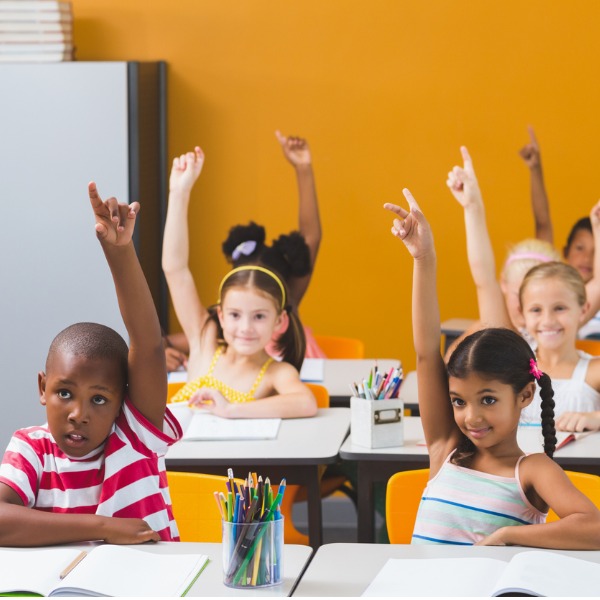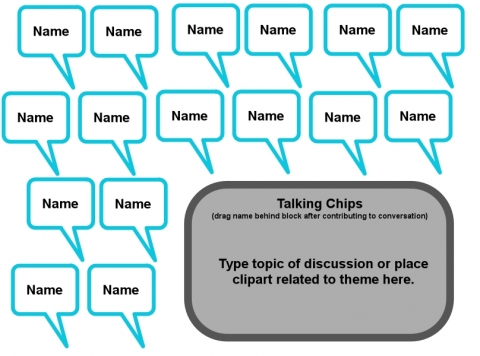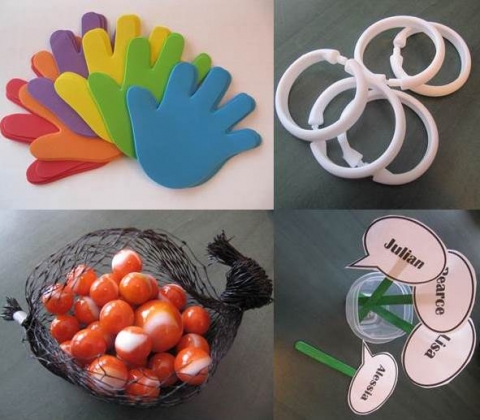Group Talk

Group talk (Wavebreakmedia, iStockphoto)

Group talk (Wavebreakmedia, iStockphoto)
Format
How does this align with my curriculum?
PE
5
Integrated Curriculum Grade 5: Science (Draft 2023)
IS 1.4: Collaborating with others effectively can help us to share meaningful explorations in impactful ways.
PE
6
Integrated Curriculum Grade 6: Science (Draft 2023)
IS 1.4: Collaborating with others effectively can help us to share meaningful explorations in impactful ways.
PE
6
Integrated Curriculum Grade 6: Science (Draft 2023)
IS 1.4: Effectively communicate the results of their inquiry.
AB
8
Career and Technology Foundations (CTF) (revised 2019)
CTF is planning, creating, appraising and communicating in response to challenges.
AB
11
CTR2010: Job Maintenance (2016)
Job Maintenance
AB
9
Career and Technology Foundations (CTF) (revised 2019)
CTF is planning, creating, appraising and communicating in response to challenges.
MB
12
Grade 12 Career Development: Life/Work Transitioning (2017)
Unit 1: Personal Management
MB
9
Grade 9 Career Development: Life/Work Exploration (2017)
Unit 1: Personal Management
MB
10
Grade 10 Career Development: Life/Work Planning (2017)
Unit 1: Personal Management
MB
11
Grade 11 Career Development: Life/Work Building (2017)
Unit 1: Personal Management
This strategy helps students share and listen to the ideas and questions of others
Why use it?
- To ensure that each student gets an equal opportunity to contribute to small or large group discussions.
- To encourage participation by all students and support students who may not be comfortable sharing their ideas.
- To help students learn to work collaboratively with other students.
Tips for success
- When modelling this strategy with students, reinforce that the items are intended to indicate a desire to contribute to the discussion (i.e., they are not toys) and that as respectful listeners they should leave the items on the table until needed.
- Students should be encouraged to use all their turns to contribute to the discussion.
- Choose an item for turn-taking that is age-appropriate and does not cause safety concerns (e.g., avoid beads for very young children who may be inclined to put them in their mouths).
- If students are being asked to contribute questions, educators may wish to provide the students with a Question Matrix to provoke a range of questions.
How do I use it?
- Before using this strategy, introduce its purpose to the students and model appropriate behaviours such as listening respectfully and intentionally to the contributions of others.
- A simple introduction to group talk is a round robin strategy where the turn to talk simply moves around the circle from student to student. An interactive white board can support this.


- Be specific about what you want the students to contribute (e.g., questions about what might be in the mystery box, criteria for what makes a good roller coaster, predictions about which mouse trap car will go the farthest).
- Students indicate their readiness to contribute to the discussion by holding up one of their items. When it is his/her turn, the student places his/her item in the centre of the group or table and contributes his/her idea.
- When a student uses all of his/her given items then she/he cannot contribute further to the discussion until all of the other students have also used up their items.
- Once all students have had their turns and all of their items are in the centre of the group or table, the discussion is ended. Alternately, the items could be redistributed and the discussion continued.
Variations
- A talking stick can be used to signify when the talk turns from one student to the next.
Related Skills